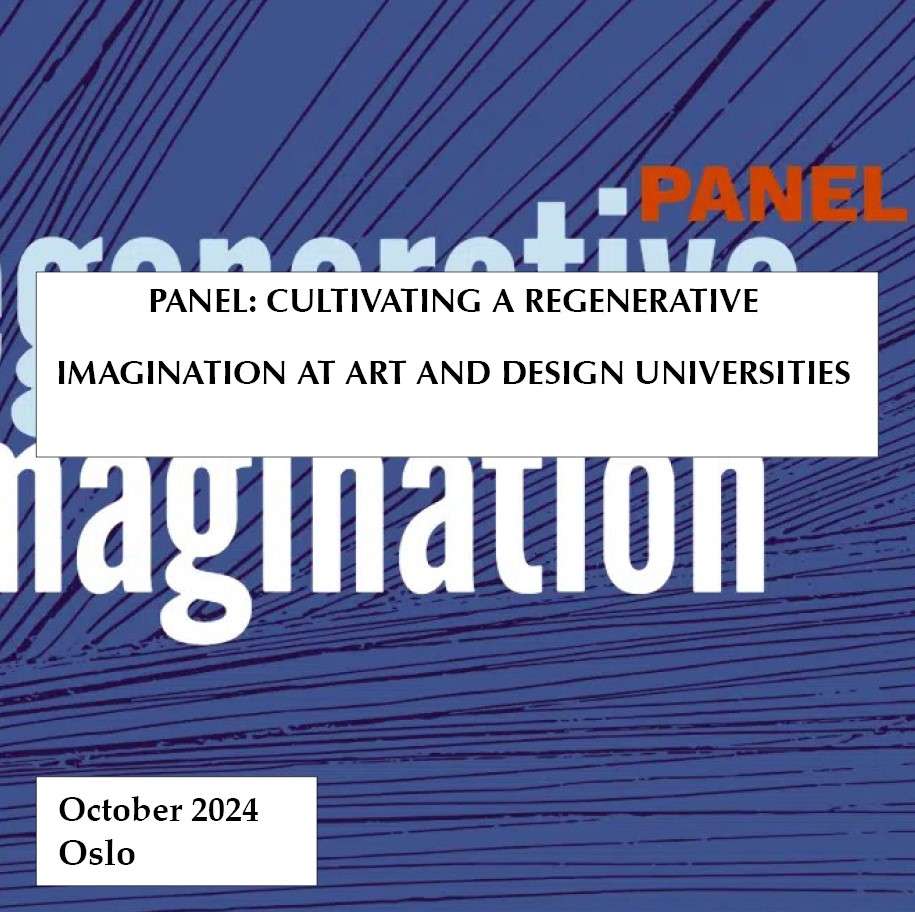/ Events: External Events
Cultivating a Regenerative Imagination at Art and Design Universities
Delfina Fantini van Ditmar, Jon Goodbun, and Tukka Toivonen
How might art and design universities seek to cultivate a regenerative imagination as a fundamental basis for developing personal work, transdisciplinary projects and enterprises? This session, moderated by Bateson scholar Jon Goodbun, aims to unfold those characteristics to start addressing the question of what is (or might be) distinctive about the approach and ethos that art and design schools bring to regenerative design and innovation compared to other higher education institutions.
Delfina Fantini van Ditmar and Toivonen Tuukka argue that one way to position their potentially unique approach is by paying attention to the (relative) absence of conceptual and practical obstacles and inhibitors. Pivotally, art and design school members are not told that humans and the environment are fundamentally separate or that the latter amounts to natural resources to be exploited by humans. Instead, they are encouraged to engage directly and experimentally with other beings and to apply their imaginations to perceiving relational patterns and possibilities that might or might not currently exist or be directly observable.
When moving from the ecological to the regenerative imagination, a primary difference is that the regeneratively oriented creator or group will ultimately search for (and elaborate, validate) certain regenerative potentials. In short, these amount to opportunities to fruitfully and relationally participate in naturally occurring (but increasingly disrupted and diminished) biological and ecological processes with the purpose of enhancing their ability to regenerate while speaking to human existence.
Jon guides the discussion with Delfina and Toivonen on the emergent modality of regenerative imagining, designing and innovating that contrasts with science and engineering-driven approaches in several important aspects, rooted in a more-than-human ethos that stresses the ontological equivalence of all forms of life.
Venue: Oslo, Norway
Date: October 12–26, 2024
